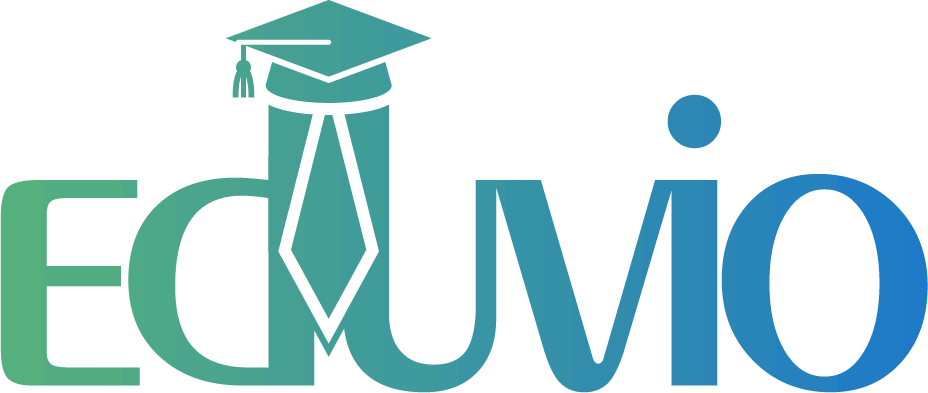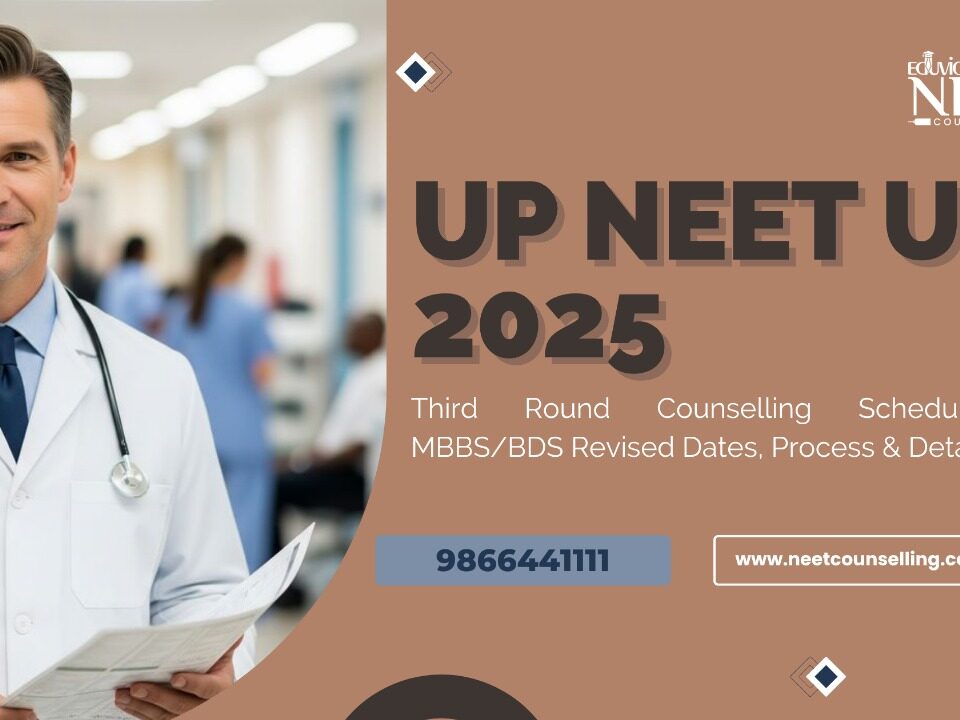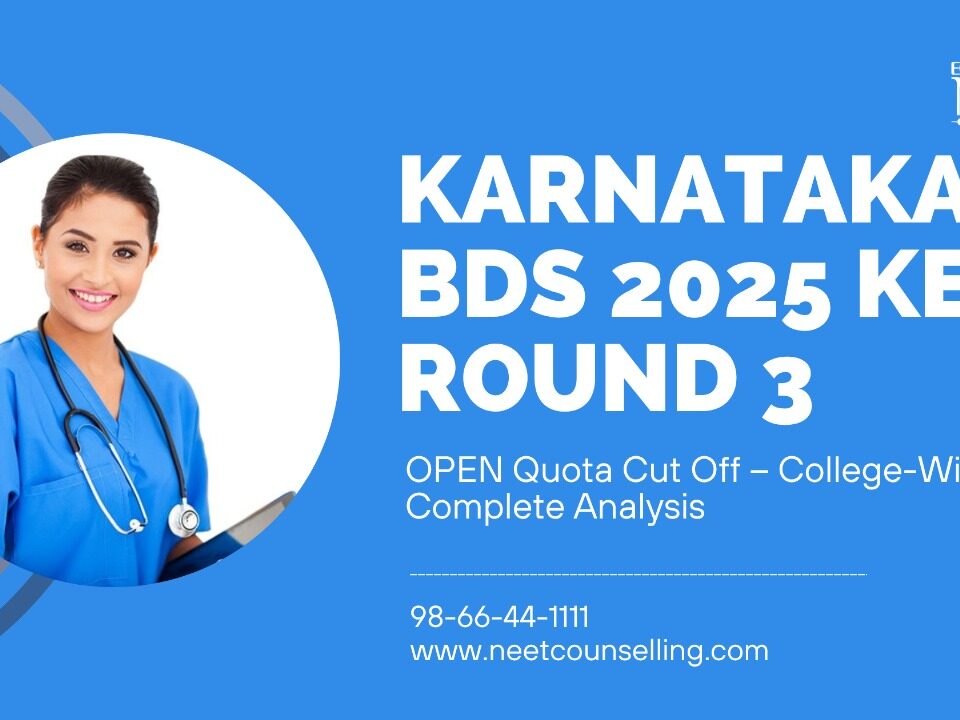
State-Wise Rankings from Highest to Lowest of NEET UG 2025 Appeared Candidates
June 16, 2025
Ranking of Indian States by Number of Medical Colleges from Highest to Lowest
June 17, 2025Open vs Closed States for MBBS Admissions in Private Medical Colleges
The Game-Changer Every NEET Aspirant Must Know!
Attention NEET 2025 Aspirants & Parents!
CAN NON-DOMICILE CANDIDATE CAN APPLY IN OPEN STATES?
What Are Open and Closed States for NEET MBBS Counselling?
Which states allow other state candidates for MBBS admission 2025?
Did you know that your chances of getting an MBBS seat in a private college depend not just on your NEET score, but also on whether a state is Open or Closed for counselling?
Let’s break it down for you — and yes, it’s a total game-changer in your medical admission journey!
Open States – Golden Opportunity!
In Open States, candidates from ANY STATE in India can apply for private medical colleges.
All students are treated as General category, irrespective of their home state.
These states welcome outside applicants and conduct transparent state counselling.
Examples: Andhra Pradesh, Karnataka, Tamil Nadu (Management quota), etc.
Closed States – Restricted Entry
In Closed States, only domicile candidates (those who belong to that particular state) are eligible for admission in private medical colleges.
If you’re from another state — you cannot apply under any quota.
Why This Info Matters?
Choosing the right states during counselling can significantly increase your chances of MBBS admission.
A good NEET rank with poor counselling strategy can still result in no seat.
What We’re Offering:
A state-wise list of Open vs Closed States for MBBS admissions
Verified details on eligibility rules, domicile criteria, and quotas
Personalized guidance to help you apply smartly and avoid mistakes
MBBS without domicile ; Best states for non-local candidates
List of open and closed states for NEET MBBS 2025
Strategy to choose open states based on NEET Rank
NEET 2025 counselling open states vs closed states explained
Top open states for low NEET score MBBS admissions 2025
List of open and closed states for NEET MBBS 2025
S. N | State | Open / Close Status |
1 | Andaman Nicobar Islands | Private College Not Available |
2 | Andhra Pradesh | Open |
3 | Arunachal Pradesh | Private College Not Available |
4 | Assam | Private College Not Available |
5 | Bihar | Open |
6 | Chandigarh | Private College Not Available |
7 | Chhattisgarh | Open |
8 | Dadra and Nagar Haveli | Private College Not Available |
9 | Delhi | Private College Not Available |
10 | Goa | Private College Not Available |
11 | Gujarat | Close |
12 | Haryana | Open |
13 | Himachal Pradesh | Open |
14 | Jammu & Kashmir | Close |
15 | Jharkhand | Open |
16 | Karnataka | Open |
17 | Kerala | Open |
18 | Madhya Pradesh | Open from Second Round |
19 | Maharashtra | Close |
20 | Sikkim | Open |
21 | Meghalaya | Private College Not Available |
22 | Mizoram | Private College Not Available |
23 | Nagaland | Close |
24 | Orissa | Close |
25 | Pondicherry | Open |
26 | Punjab | Open from Second Round for BDS |
27 | Rajasthan | Open from Second Round |
28 | Tamil Nadu | Open |
29 | Telangana | Open |
30 | Tripura | Open |
31 | Uttarakhand | Open |
32 | Uttara Pradesh | Open |
33 | West Bengal | Open |
Crack NEET Counselling Like a Pro! Open & Closed States Explained – Private Medical College Secrets Unlocked!
Confused about MBBS admissions in Private Medical Colleges?
Whether it’s Open State vs Closed State rules, Domicile criteria, or Seat Matrix confusion — we’ve decoded it ALL for you in one powerful guide!
What You’ll Discover:
Open State vs Closed State Counselling – Who can apply where and why it matters!
Private Medical College Types – Deemed, Trust, Minority & Non-Minority institutions
College Rankings, Fee Structures, and unspoken hidden costs
Quota Systems: AIQ, State Quota, NRI, Management, IP, Internal & Reserved Categories
Round-wise Counselling Schedule – Registration, Choice Filling, Seat Allotment & Result
Last Year’s Closing Ranks – Category-wise and Round-wise Cut-offs
Service Bonds, Penalties, Exit Rules, and Upgradation Policies
PG & SS Internship Stipend Details across top private colleges
Affiliated Hospital Insights – Bed Count, Patient Load, Infrastructure, Campus, Urban/Rural Classification
Location & Connectivity – Know before you choose!
NMC/MoHFW Recognition Status of Colleges
Why It’s a Game-Changer for NEET Aspirants:
Avoid costly mistakes made during counselling
Make smarter choices with reliable data, verified insights, and updated notifications
Boost your admission chances by aligning rank, reservation, and open state advantage. Understand how colleges really work behind the scenes before you apply
Stay Informed, Stay Ahead—Only with Eduvio
For real-time alerts, circulars, counselling notifications, AIQ & State Quota updates, live cut-offs, and expert guidance, visit https://neetcounselling.com
Bookmark the site & check daily till the last NEET UG 2025 counselling round concludes!
Your medical dream deserves expert clarity—not guesswork. Let Eduvio be your compass in the counseling maze.





